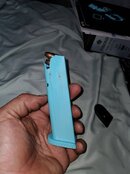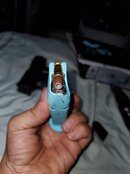I print scuba parts with PETG or ABS. Both hold up to the elements well and are easy to print with my P1S. I use TPU as well if i need a soft part like a gasket, bushing, or o-ring. Occasionally ASA. These all work really well in water and have lasted for years. One of my oldest scuba prints are sets of PETG optical fiber connectors which have survived hundreds of dives.
I've read a bit about PA6 but have not bought any yet. I'm not sure if have a problem that needs that solution yet. I bought a couple of Carbon Fiber filaments, but have not used them yet. My understanding is they make more attractive prints but can lower layer adhesion and strength.
I haven't had any parts disintegrate in the elements yet. Probably the most exposed object I have made with PETG is a 4x5 inch sign on my front door. It gets baked by the sun in the afternoon during summer, due to Western exposure. After about a year it is starting to warp. A similar outdoor sign I made with PLA+ is starting to discolor. That one is largely shaded but fully exposed to rain.





